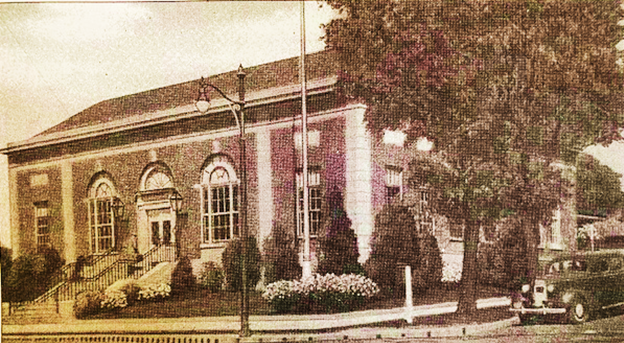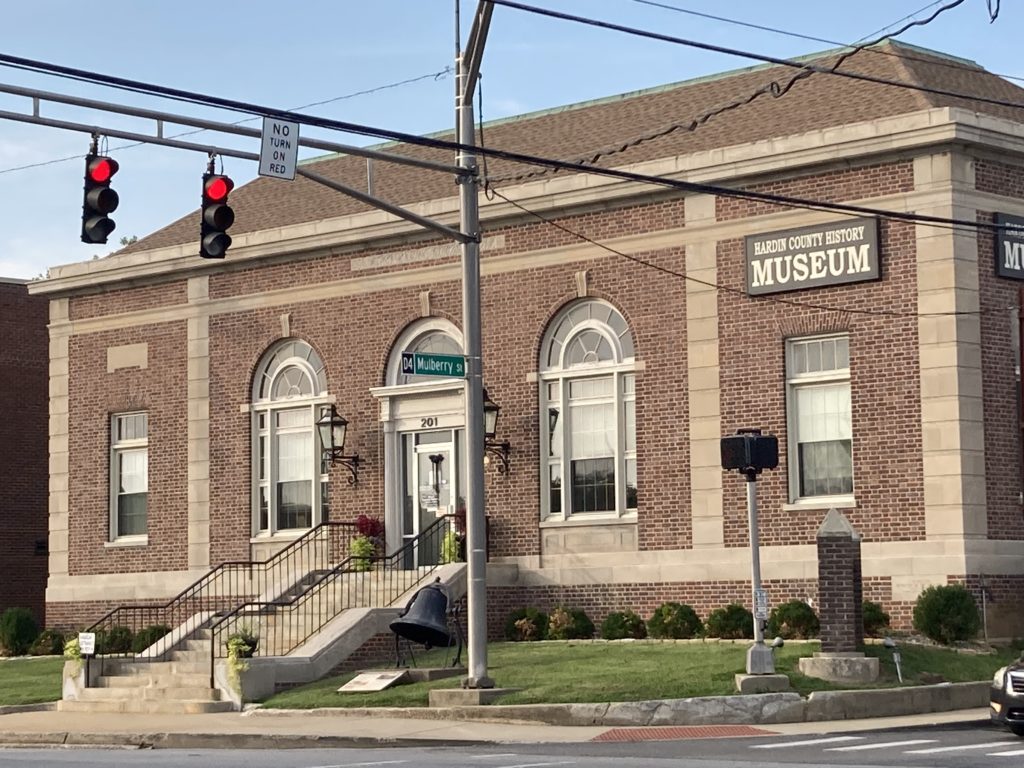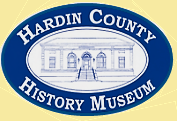

Since opening its doors in the fall of 2003, the Hardin County History Museum has been collecting and preserving artifacts, documents and other memorabilia that tells the story of Hardin County from its early Indian inhabitants to modern times. Through a variety of permanent and rotating exhibits, as well as speakers, tours and promotions, the history museum strives to promote knowledge and appreciation for area heritage.
The Hardin County History Museum strives to reach more and more citizens with local history and cultural programs and introduce them to the Museum as a cultural resource. A major goal of the Museum is to enhance and expand exhibits and programs while aggressively marketing them to increase usage of the Museum by attracting new audiences.
The benefits the Museum provides to the citizens includes promoting an awareness of Hardin County’s rich and diverse historic and cultural heritage through free and inexpensive experiences. The Museum provides educational programs and exhibits to help community members learn about their county and its place in the development of the State of Kentucky. By learning from the past, he current and future

citizens will have a better understanding of the future as well as a greater pride in their community. With our free admissions policy, we make the Museum accessible to all, regardless of their financial status.
Pioneer relics form a collective memory of cabin life in the wilderness of the Kentucky frontier. Various panels depict the evolution of the counties carved from the frontier of Kentucky County, Virginia that became a state in its own right and settled by the influx of westward travelers after the War of Revolution.
Today, more than 200 years after the first white settlers made their home in the area we know as Hardin County, the gathering, preserving and displaying objects honoring the area’s founders and inhabitants as well as their lives and achievements is presented in a premier collection of artifacts housed at the museum.
We invite you to visit and enjoy a journey through time.
Hardin County History Museum Building 1931 – Present
The building now as the Hardin County History Museum was built in 1931 for use as the Elizabethtown Post Office. It was built under the supervision of the United States Department of the Treasury. James Wetmore was the architect. The building has great architectural merit and fills a place in local and national history.
The floor plan is derived from the so called “Taylor Plan” devised by James Knox Taylor, who, with Oscar Wenderoth, designed post offices under the political administration of Woodrow Wilson (1912- 1920). The Taylor Plan specified ample lobbies and major areas unbroken by internal partitions for expediting post office mail. Beginning with the Tarsney Act in 1893, post office construction was placed under the Department of the Treasury.
Taylor’s buildings include the former main post office in Santa Barbara, California; a similar building in Pasadena, California; and the Old Main Post Office in Buffalo, New York. Although all of these buildings are more than 60 years old, they still serve their respective communities.
Wetinore’s works, besides the building in Elizabethtown, include the Federal Triangle in Washington and other Federal buildings on the Mall. He also designed the post office in Redlands, California, as well as one in Clovis, New Mexico. These buildings adhere to the Taylor Plan. Other post offices in Tucson (1929) and Memphis (1931) combine post office with courtroom space again adhering to the Taylor Plan. Wetmore did most of his work under the presidency of Herbert Hoover (1928 -1932).
Like the Taylor buildings, most of the Wetinore structures are still with us. They are, without exception, well-constructed and seek to place the Taylor Plan in architectural styles that fit the regional environments. (The Redlands Post Office, for instance, is in the Spanish style, reminiscent of southern California in the years before 1900.) Like other Taylor and Wetmore buildings, it has survived at least one earthquake without damage. The Santa Barbara structure by Taylor survived two major quakes and is now the city museum.
It would be virtually impossible to match the equality of construction and the safety and attractiveness of any of these buildings today. The Hardin County History Museum building falls squarely into the midst of these noteworthy architectural developments.
Under the administration of Franklin D. Roosevelt, post office construction was taken away from the Treasury Department and placed under the Postmaster General. More “standardized” structures resulted.


















